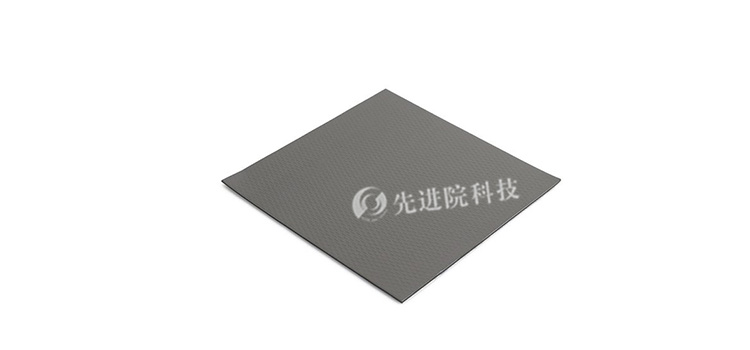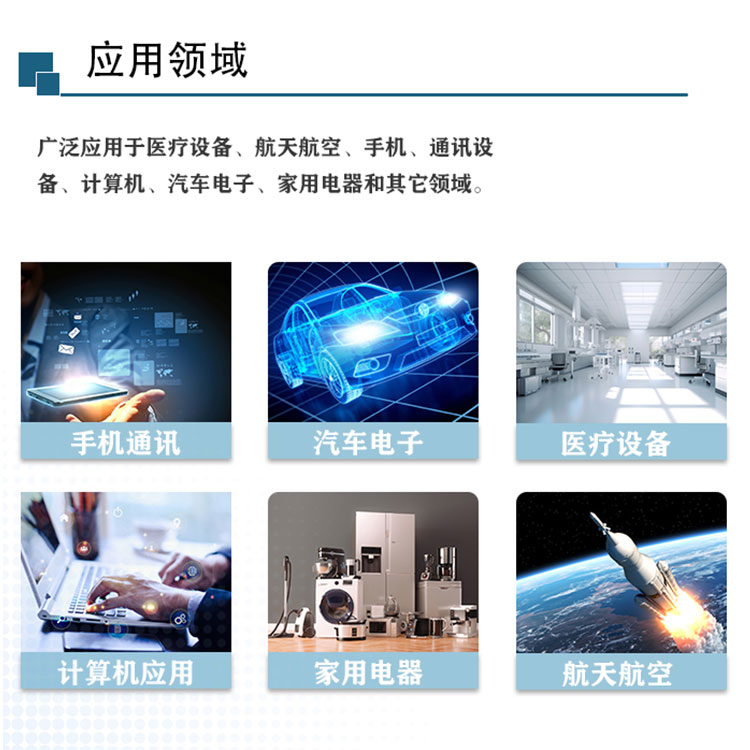RFID (Radio Frequency Identification) absorbing material is a material designed to reduce or eliminate the impact of metal or other interfering substances on the performance of RFID tags. This type of material is commonly used to improve the performance of RFID tags on surfaces that reflect or absorb RF signals, such as metals and liquids. By using absorbing materials, the reading distance and reliability of RFID tags can be significantly improved, enabling them to function normally in various environments.
major function
- Signal absorption: Absorbing materials can absorb signals from RFID tags, reduce signal reflection, and prevent mutual interference of signals.
- Signal enhancement: By reducing the negative impact of metal and other interfering substances on surface labeling, the RFID reader's ability to recognize tags is improved.
- Strong environmental adaptability: allows RFID tags to work normally in complex environments such as metal surfaces and liquid containers.

Technical Parameter
- Material type: Commonly used absorbing materials may include ferrites, magnetic polymers, etc., which have good electromagnetic wave absorption properties.
- Size and thickness: Absorbing materials are usually designed in thin sheet form, and different sizes and thicknesses can be customized according to the size of RFID tags.
- Operating frequency: Supports multiple RFID tag operating frequencies such as HF (high frequency) and UHF (ultra-high frequency).

Application scenarios
- Asset management: Use RFID tags on metal containers, equipment, or tools for easy tracking and management.
- Logistics warehousing: Applying RFID technology on metal pallets, shelves, and packaging boxes to improve inventory management and logistics efficiency.
- Manufacturing industry: Identify metal parts on the production line to achieve automated identification and traceability.
- Retail industry: Use RFID technology for product management in metal shelves or display cabinets.
Advantages of using absorbing materials
- Improve reading performance: Even in environments with metal interference, maintain good reading distance and accuracy.
- Expanding application scope: enabling RFID tags to be applied in more complex environments.
- Simplified deployment: No major modifications to existing metal facilities are required, simply add absorbing materials.










